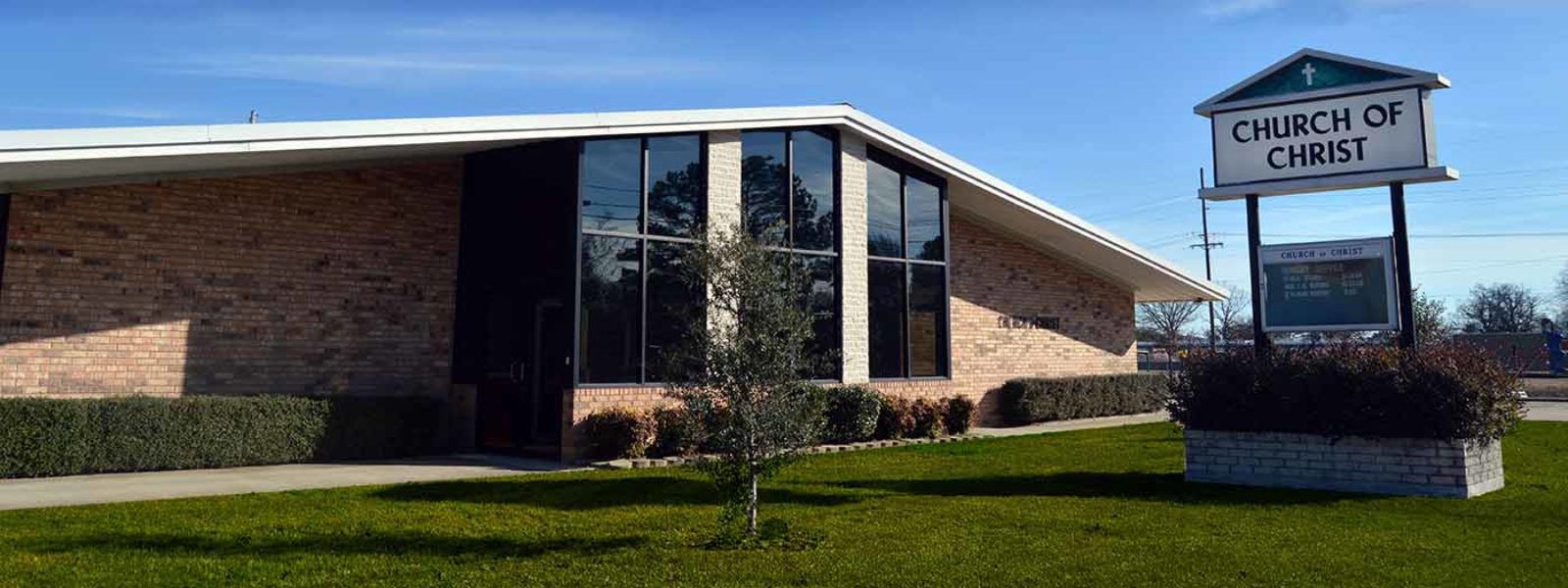Jesus and The Revelation
The book of Revelation is about Jesus and His saving work. There are many portraits of Jesus in the book. Perhaps the clearest is Jesus as the Lamb. Twentynine times the word “lamb” refers to Jesus. This isn’t the only image, though. He is also pictured as The Angel, the One riding on the white horse, the Alpha and Omega, the male Child, the Son of Man, the King of kings, the Lord of lords, the One sitting on the throne, God Almighty, Jesus, Christ, the Lord God Omnipotent, Faithful and True, the Word of God, the Root and Offspring of David, the Bright and Morning Star, and many more. Through Jesus, the saints overcome all enemies. Many interpret the book of Revelation on a timeline thinking that one event must chronologically follow another. This is the wrong approach. John writes that the events happening “must shortly take place” (Revelation 1:1, 22:6). What does that statement mean? Instead of trying to force the events into a chronological sequence, a timeless interpretation means the events recur cyclically in the present. Thus, the book of Revelation is as relevant to us today as to the first Christians who read it because the same issues that Christians faced then are issues that Christians face now. Jesus and His work are always at the center of each story in Revelation. Every single heroic character in the book is victorious, and every single villainous character is defeated because of Jesus’ work. At the end, we are introduced to Jesus’ bride, the culmination of Christ’s work (Revelation 21:9). The church is that bride (Ephesians 5:25-33), and the saints are the church. This means that as you live out the gospel in your life, the book of Revelation is fulfilled in you. God bless you, and I love you. Kevin Cauley

